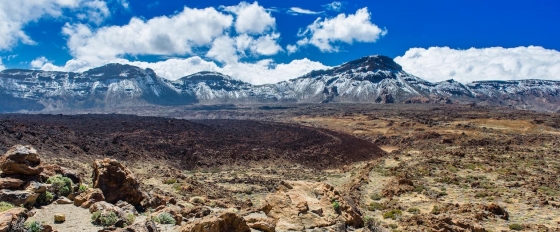Roa Rainfall & Precipitation: Monthly Averages and Year-Round Insights
This page shows both the average monthly rainfall and the number of rainy days in Roa, Castile and Leon, Spain. Long-term data from 1990 to 2020 was used to calculate these averages. Now, let’s explore all the details to give you a full picture.
Generally, Roa receives mid-range precipitation levels, with 546 mm annually.
Monthly Precipitation Levels
The average number of days each month with precipitation (> 0.2 mm)
The seasons in Roa, bring significant changes in precipitation. The wettest month, April, receives moderate rainfall, with an average of 64 mm of precipitation.
This rainfall is distributed across 13 rainy days. In contrast, the driest month, August, experiences much less rainfall, totaling 18 mm over 6 rainy days. These distinct seasonal differences provide diverse experiences throughout the year.April, the wettest month, has a maximum daytime temperature of 17°C. The city receives 235 hours of sunshine in this period. During the driest month August you can expect a temperature of 30°C. For more detailed insights into the city’s temperatures, visit our Roa Temperature page.
Annual Precipitation in Spain
The map below shows the annual precipitation across Spain. You can also select the different months in case you are interested in a specific month.
 heavy rainfall
heavy rainfall
 high
high
 moderate
moderate
 low
low
 almost none
almost none
Amsterdam Precipitation Compared World Wide
Roa’s average annual precipitation is 546 mm. Let’s compare this to some popular worldwide tourist destinations:
In Toronto, Canada, annual precipitation averages [964 mm], with snowy winters and rainy summers.
In Shanghai, China, the annual average precipitation is 1347 mm, with a humid subtropical climate.
Melbourne, Australia, has 690 mm of rainfall annually, spread fairly evenly throughout the year.
Kuala Lumpur, Malaysia, receives 2529 mm of annual rainfall, characteristic of its equatorial tropical rainforest climate, with consistent rainfall throughout the year and peak months during March and November.
How is Precipitation Measured?
Precipitation amounts are measured using specific gauges installed at weather stations, collecting both rain and snow and any other type of precipitation. Rainfall is measured directly in millimeters, while that from snow and ice is obtained by melting it. Automated systems often incorporate heaters to make this easier.
Information from these stations is transmitted via Wi-Fi, satellite, GPS, or telephone connections to central monitoring networks. This information is immediately updated and integrated into weather models and forecasts.
Interesting weather facts
- Mawsynram in India is noted as being the wettest place on earth, with over 11 meters of rain falling every year.
- In contrast, Antofagasta in Chile is among the driest places on the planet, getting less than 0.1mm per year, with some years recording virtually no rainfall.
- Nearly 1,650 thunderstorm cells are estimated over the planet at any given time.
For more detailed information about Roa’s weather, including sunshine hours, humidity levels, and temperature data, visit our Roa Climate page.
Current rainfall in Roa














